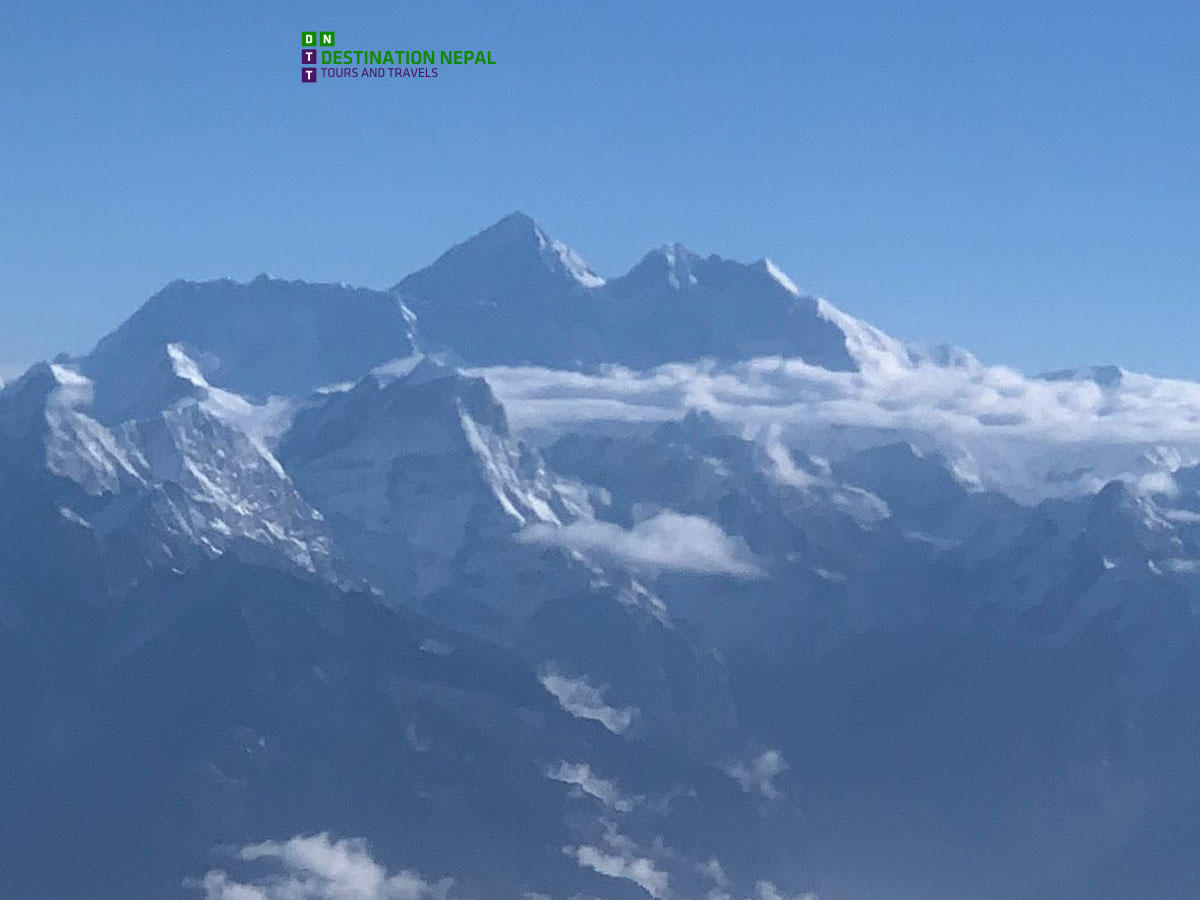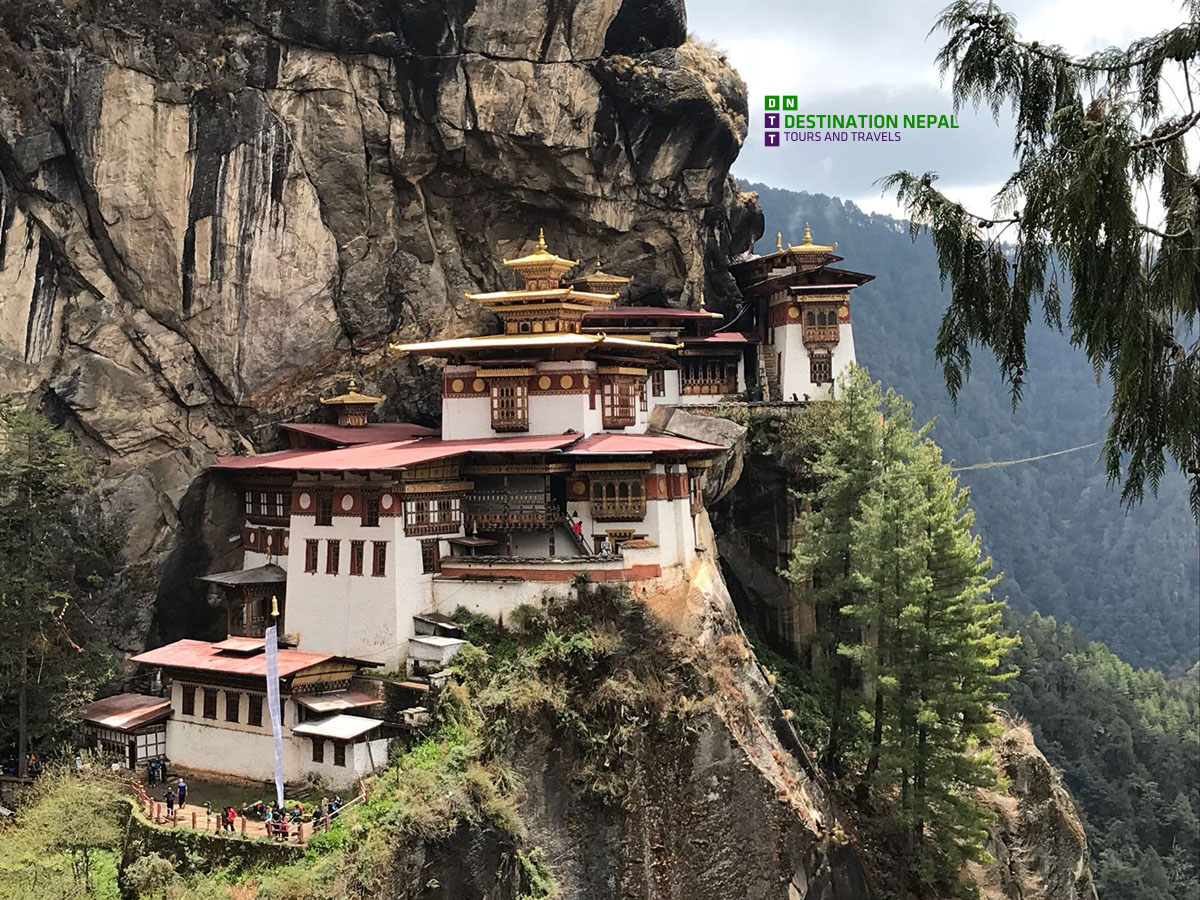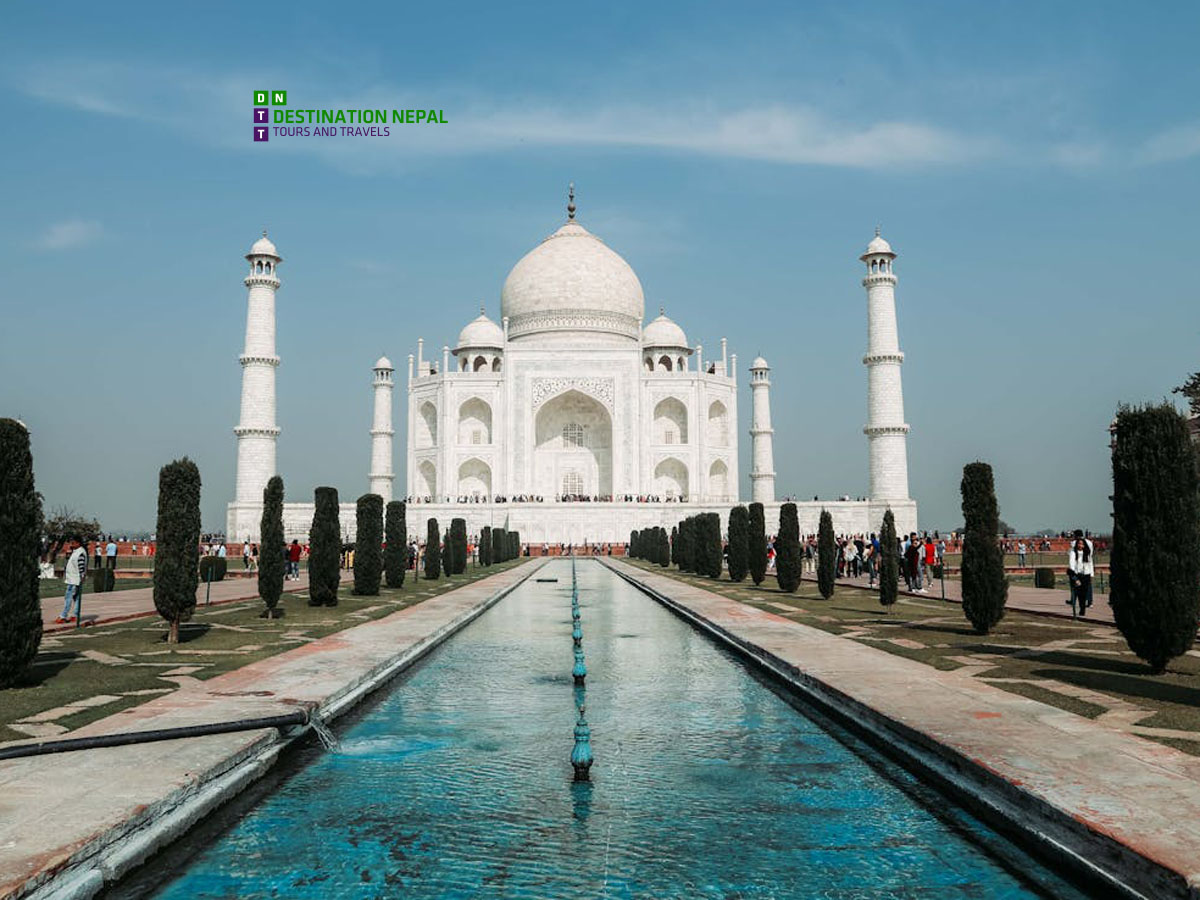Bhaktapur Durbar Square
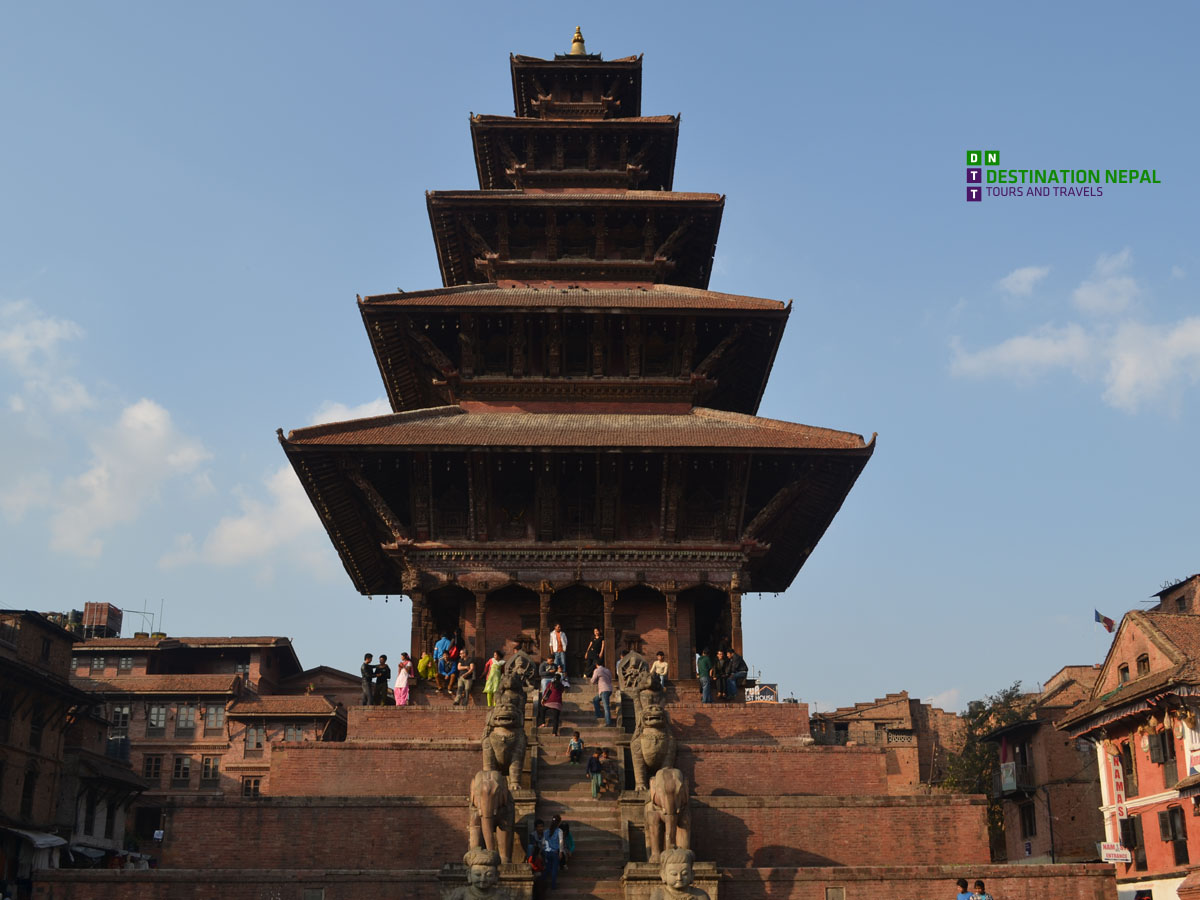
Bhaktapur Durbar Square: A UNESCO World Heritage Site
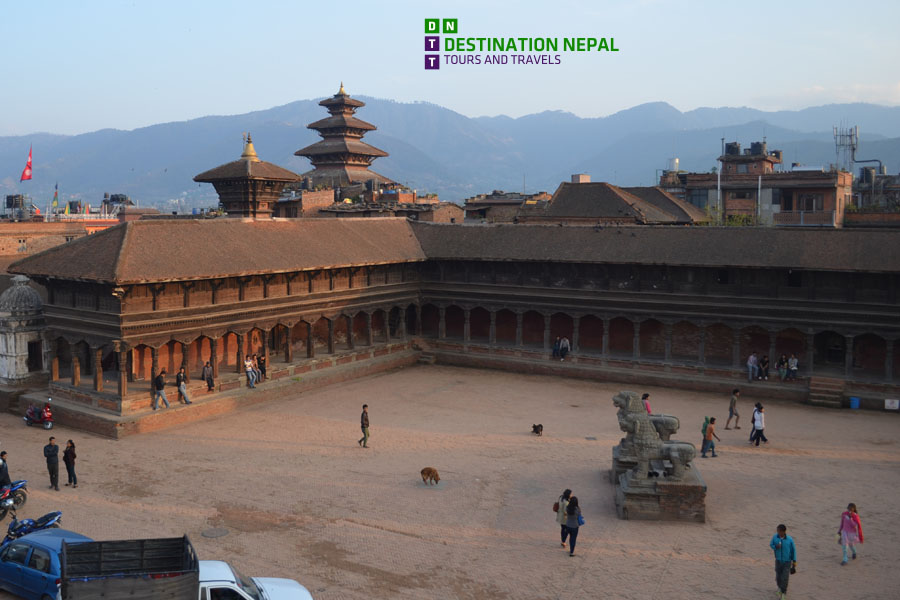
Bhaktapur Durbar Square, located in the historic city of Bhaktapur, also known as Bhadgaon, is a UNESCO World Heritage Site that forms one of the three iconic Durbar Squares in the Kathmandu Valley. Alongside Kathmandu and Patan Durbar Squares, Bhaktapur stands as a testament to Nepal’s rich cultural and architectural heritage.
Overview of Bhaktapur Durbar Square
Bhaktapur Durbar Square dates back to the 12th century and served as the royal palace of the Malla kings who ruled over the Kathmandu Valley. The square is renowned for its exquisite Newari architecture, intricate craftsmanship, and historical significance. Despite sustaining damage during the 2015 earthquake, ongoing restoration efforts continue to preserve its timeless beauty.
This historic site features a harmonious blend of temples, courtyards, and palaces, all of which narrate tales of Nepal’s glorious past. Key attractions include the 55-Window Palace, Golden Gate, and National Art Museum, among many others. Each structure reflects the artistic brilliance of the era and offers visitors an immersive cultural experience.
Key Highlights of Bhaktapur Durbar Square
1. The Lion Gate
Erected during King Bhupatindra Malla’s reign in 1696 AD, the Lion Gate features two stone lions symbolizing power and protection. Flanking the gate are stunning stone statues of Bhairav (the fierce form of Shiva) and Durga (the manifestation of female power).
2. The Golden Gate
Built by King Ranajit Malla in 1754 AD, the Golden Gate serves as the grand entrance to the Taleju complex. It is celebrated as one of Nepal’s most intricate and artistically significant gateways.
3. Four Pilgrimage Sites
Located near the entrance are the Four Dhams: Jagannath, Kedarnath, Rameshwor, and Badrinath. These are replicas of revered Indian pilgrimage sites.
4. 55-Window Palace
Originally constructed by Yakshya Malla in 1427 AD and later embellished by Bhupatindra Malla in the 17th century, this palace dominates Bhaktapur Durbar Square. It is celebrated as a supreme example of wooden architectural artistry.
5. Vatsala Temple
Built in the Shikhara style entirely from stone by King Jaya Ranajit Malla in the 17th century, this temple is dedicated to Goddess Durga. The temple features the ‘Barking Bell,’ which was historically used as an alarm during emergencies.
6. Yakcheswor Mahadev Temple
Modeled after the Pashupatinath Temple of Kathmandu, this temple was built by Yakshya Malla in 1480 AD. Folklore states that Lord Pashupati appeared in a dream, instructing the king to construct a temple to house his divine presence.
Taumadi Square
Nyatapola Temple
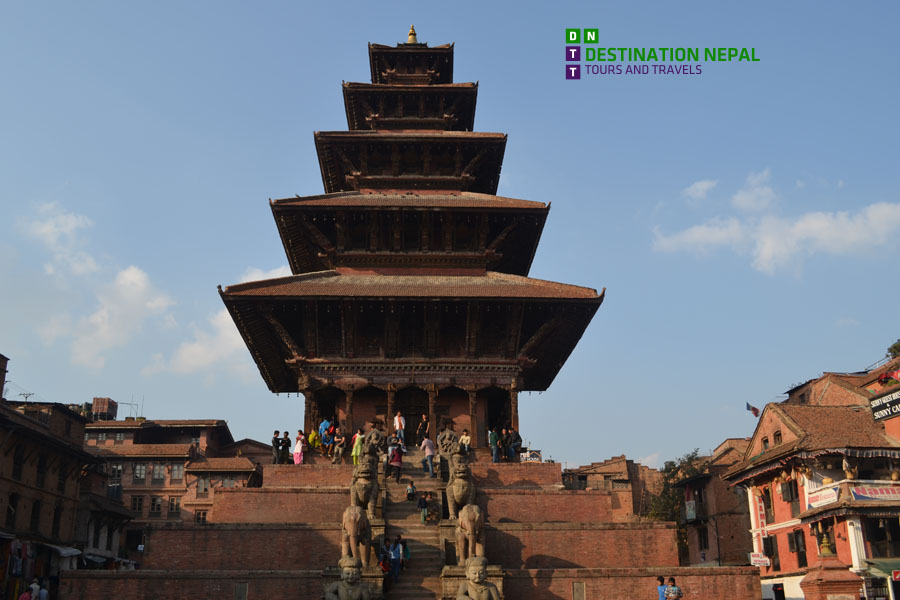
Constructed by King Bhupatindra Malla in 1702 AD, Nyatapola is Nepal’s tallest pagoda temple. Its five tiers symbolize the five elements of nature, and it is dedicated to Goddess Siddhi Laxmi, a powerful Tantric deity. The stairway to the temple is guarded by pairs of mythical and human figures, each stronger than the pair below.
Bhairav Nath Temple
Initially built as a one-story temple by Jagat Joti Malla, it was expanded to three stories by King Bhupatindra Malla in 1718 AD. Dedicated to Bhairav, the fierce form of Shiva, the temple’s central image is the beheaded form of Bhairav, connected to the legend of Bisket Jatra.
Teel Mahadev Narayan Temple
Situated south of Nyatapola, this 12th-century temple honors Lord Vishnu. Its entrance is adorned with the four emblems of Vishnu: disc, lotus, conch shell, and mace.
Dattatreya Square
Dattatreya Temple
Built by Yakshya Malla in 1427 AD and renovated by his son Vishwa Malla, this is Nepal’s only temple dedicated to Dattatreya, the combined incarnation of Brahma, Vishnu, and Shiva. The temple’s entrance is guarded by a stone column featuring Garuda, Vishnu’s messenger.
Bhimsen Temple
Constructed in 1605 AD, this temple honors Lord Bhimsen, a Pandava from the Mahabharata. Devotees continue to pray here for strength and endurance, particularly for arduous journeys.
Pujari Math
Now housing the Wood Carving Museum, Pujari Math was originally built in the 15th century for storing donations. It is home to the world-famous Peacock Window, a masterpiece of Nepali woodwork.
Historical Background
The Kathmandu Valley’s civilization is believed to be over 3,000 years old. According to legend, the valley was once a vast lake drained by Manjushree, who carved the gorge at Chobar. Over centuries, fertile lands supported flourishing settlements and artistic development under the Gopalas, Mahispalas, Kiratas, Lichchhavis, and Mallas.
The Malla period (14th-18th centuries) is regarded as the pinnacle of architectural excellence, with Bhaktapur emerging as a hub of pagoda, shikhara, and stupa styles. The craftsmanship of that era remains an integral part of Nepal’s identity.
Important Visit Days
Bhaktapur Durbar Square is accessible year-round, but the best time to visit is during the festive season, especially during Bisket Jatra in April. The vibrant cultural celebrations add to the square’s allure, offering a deeper connection to its traditions.
You can find tour package here: Nepal Tour Packages
If you want to see what our customers are saying about us in their reviews: TripAdvisor
